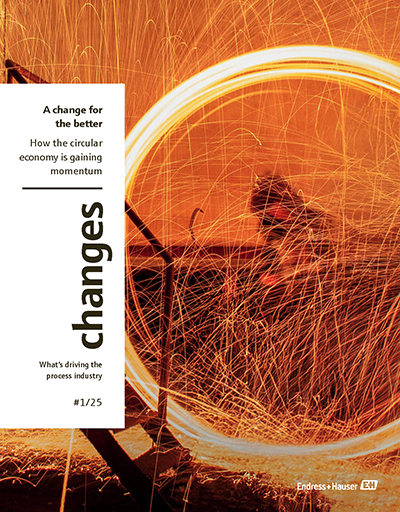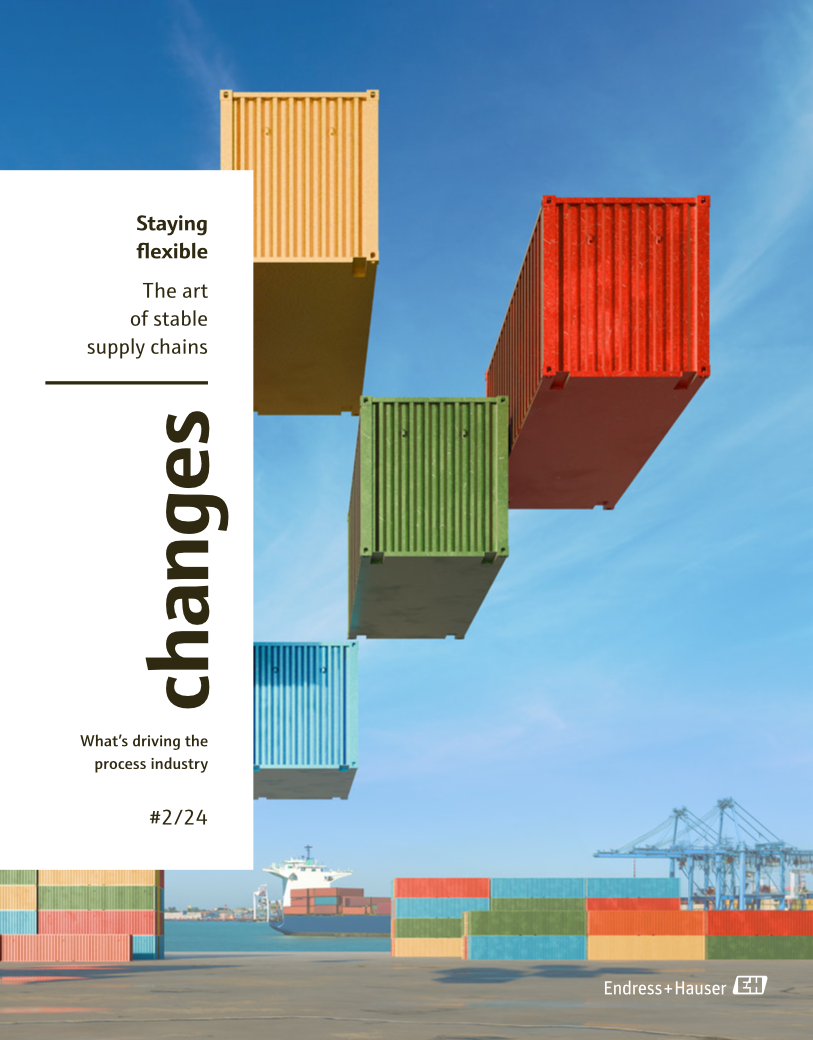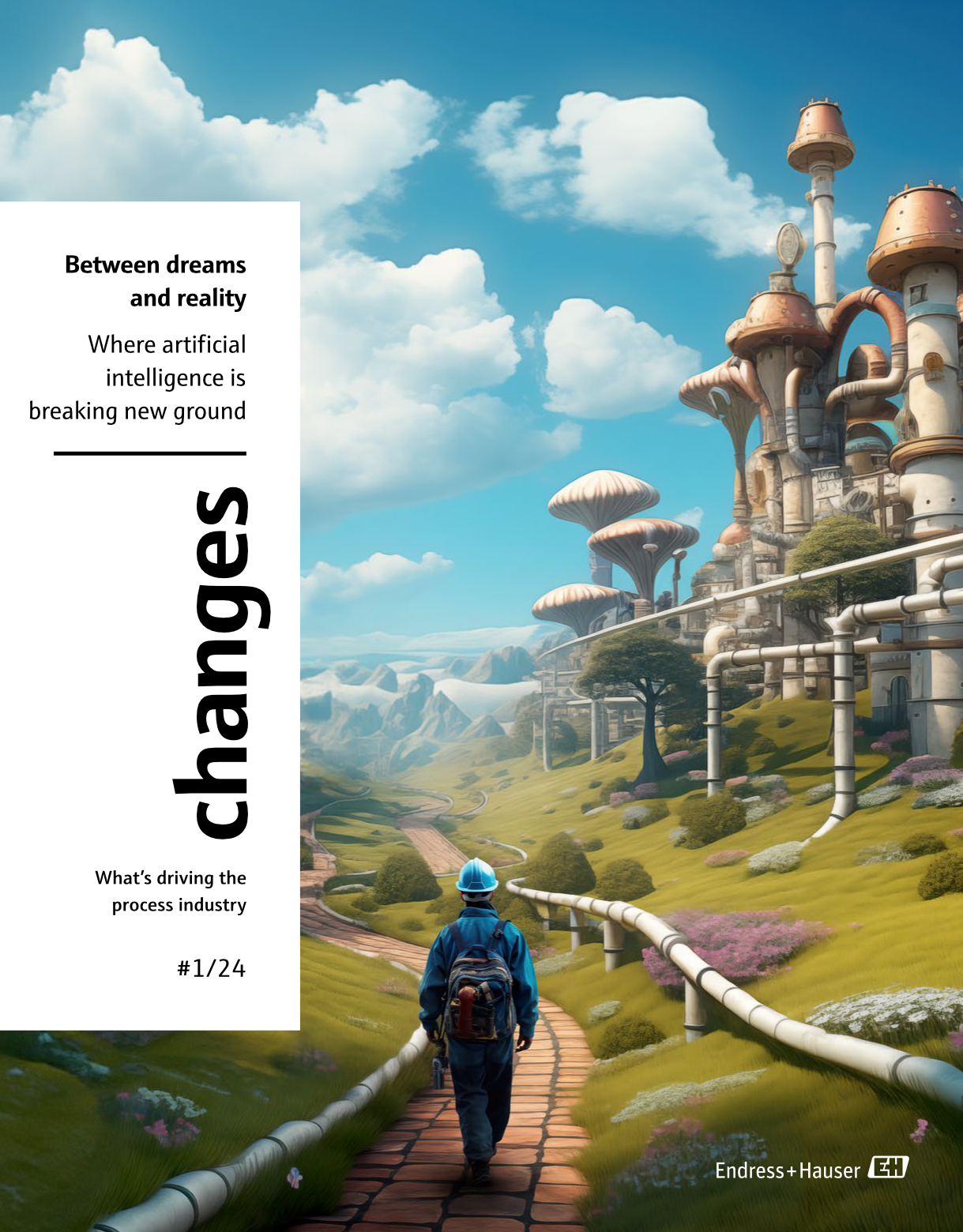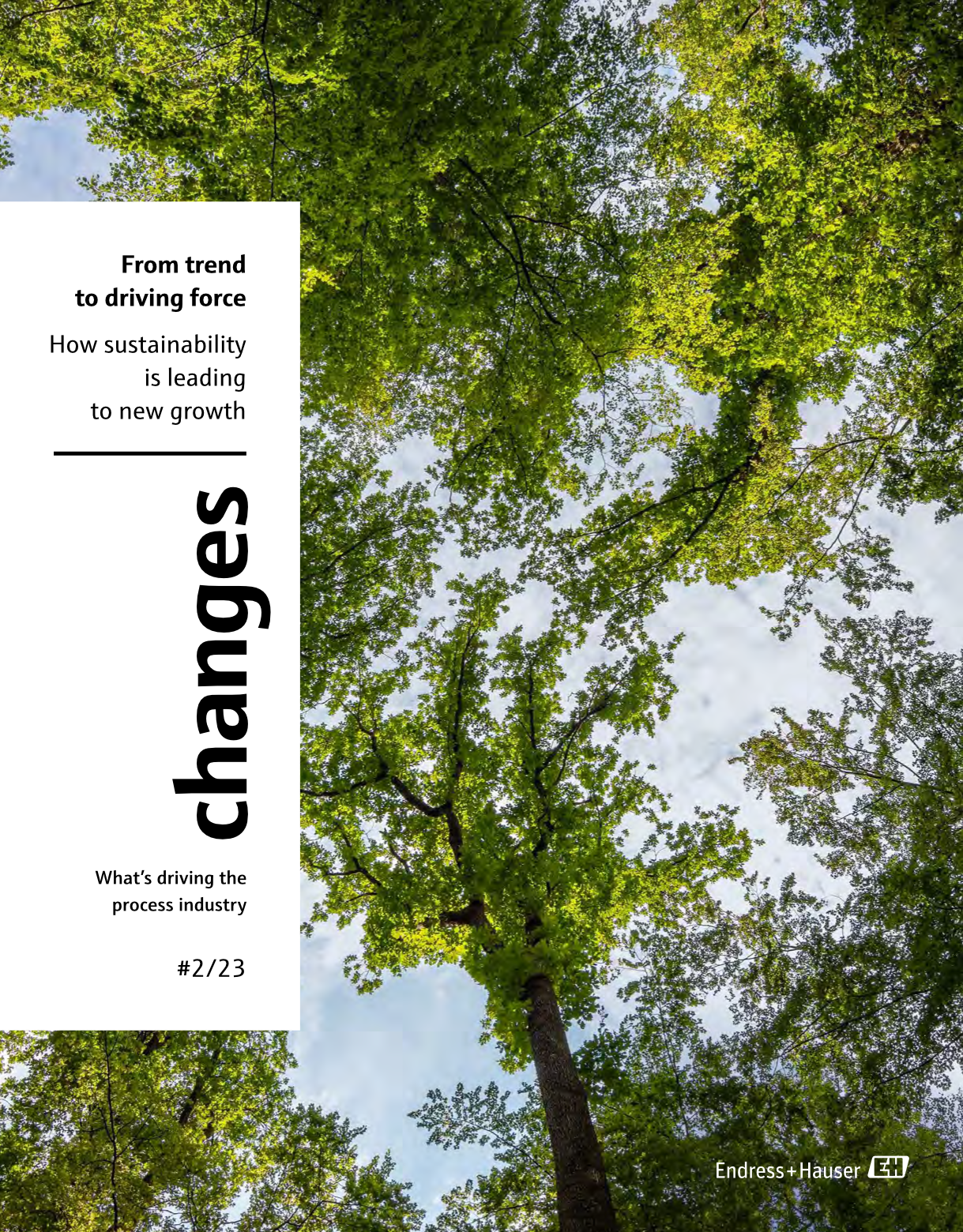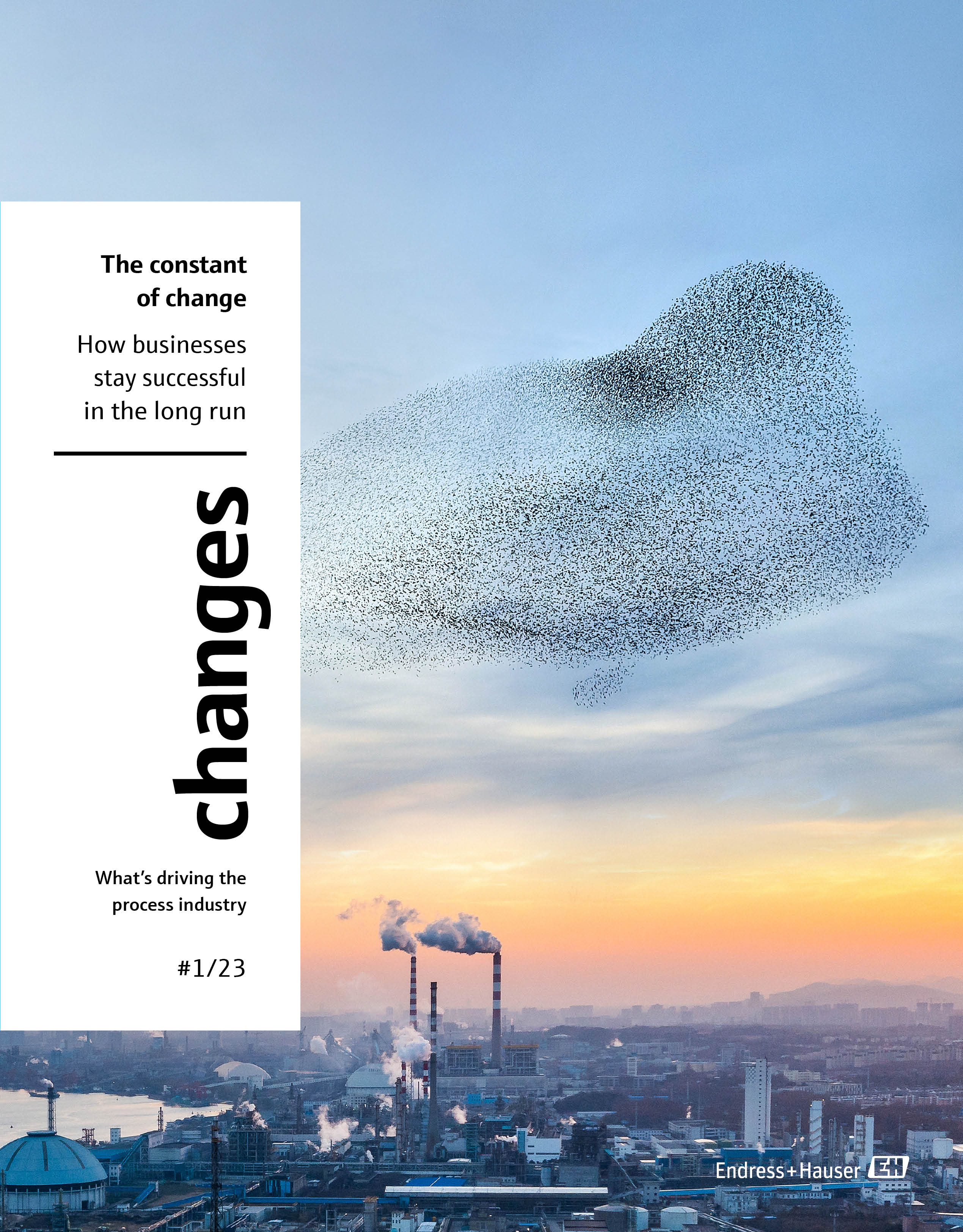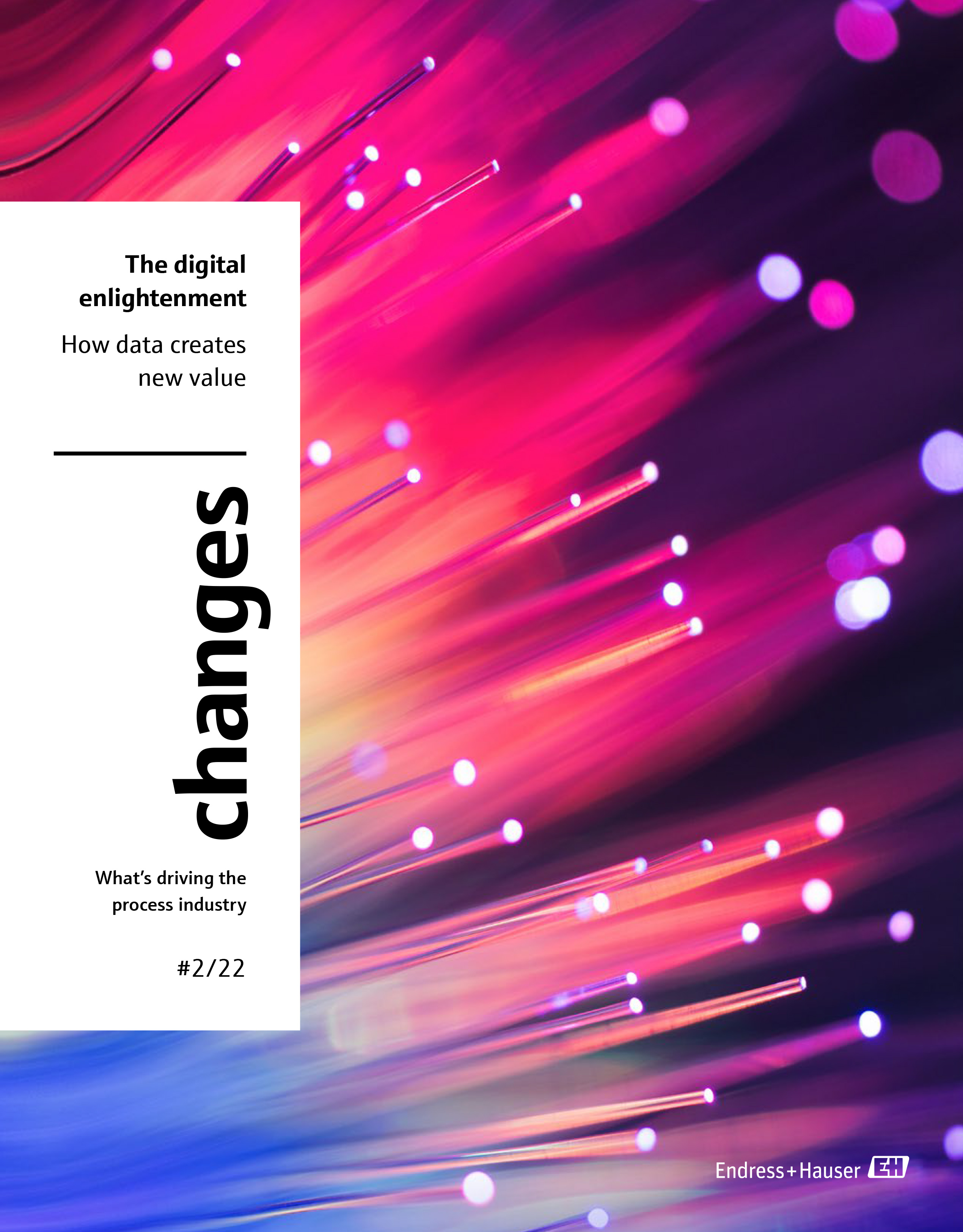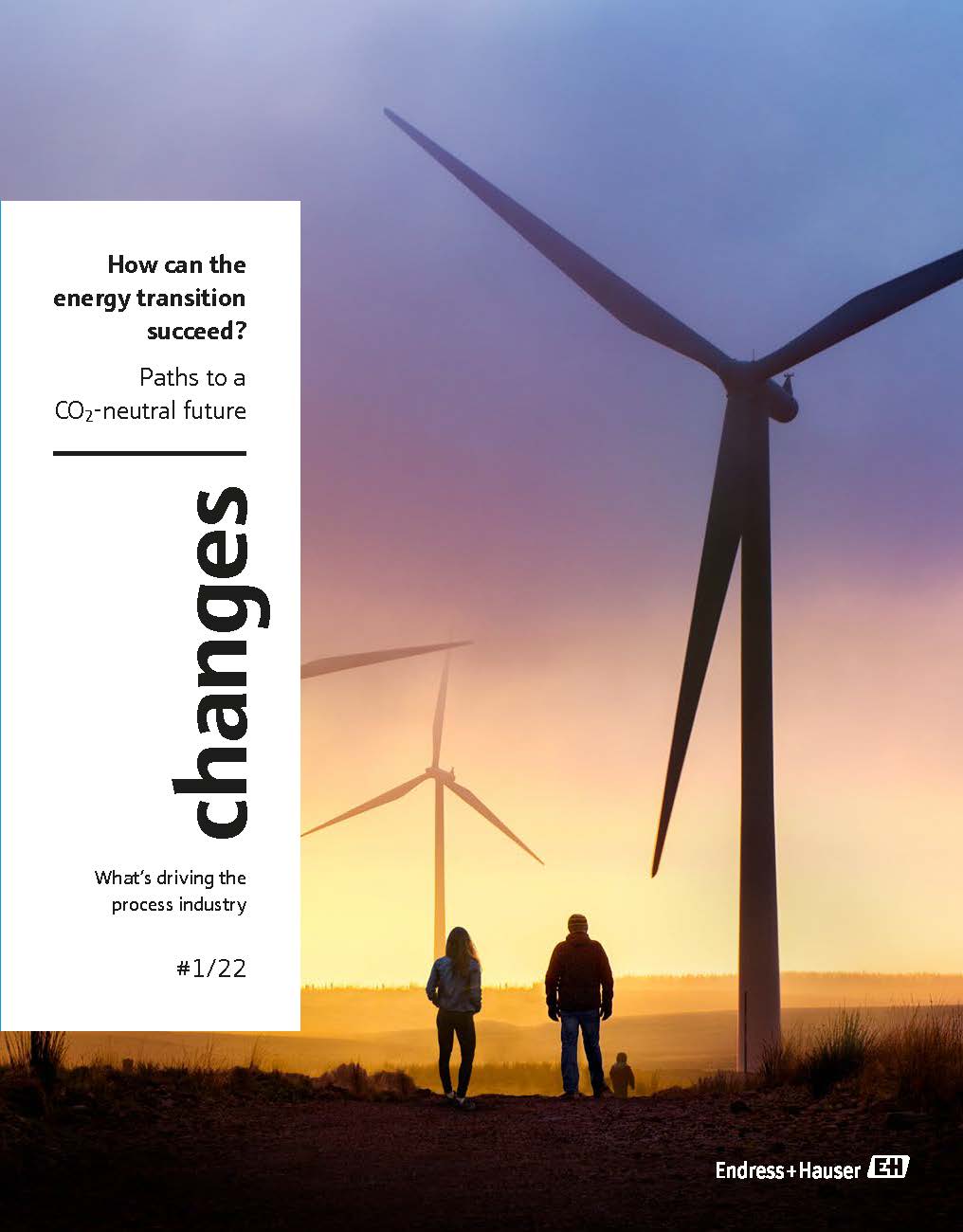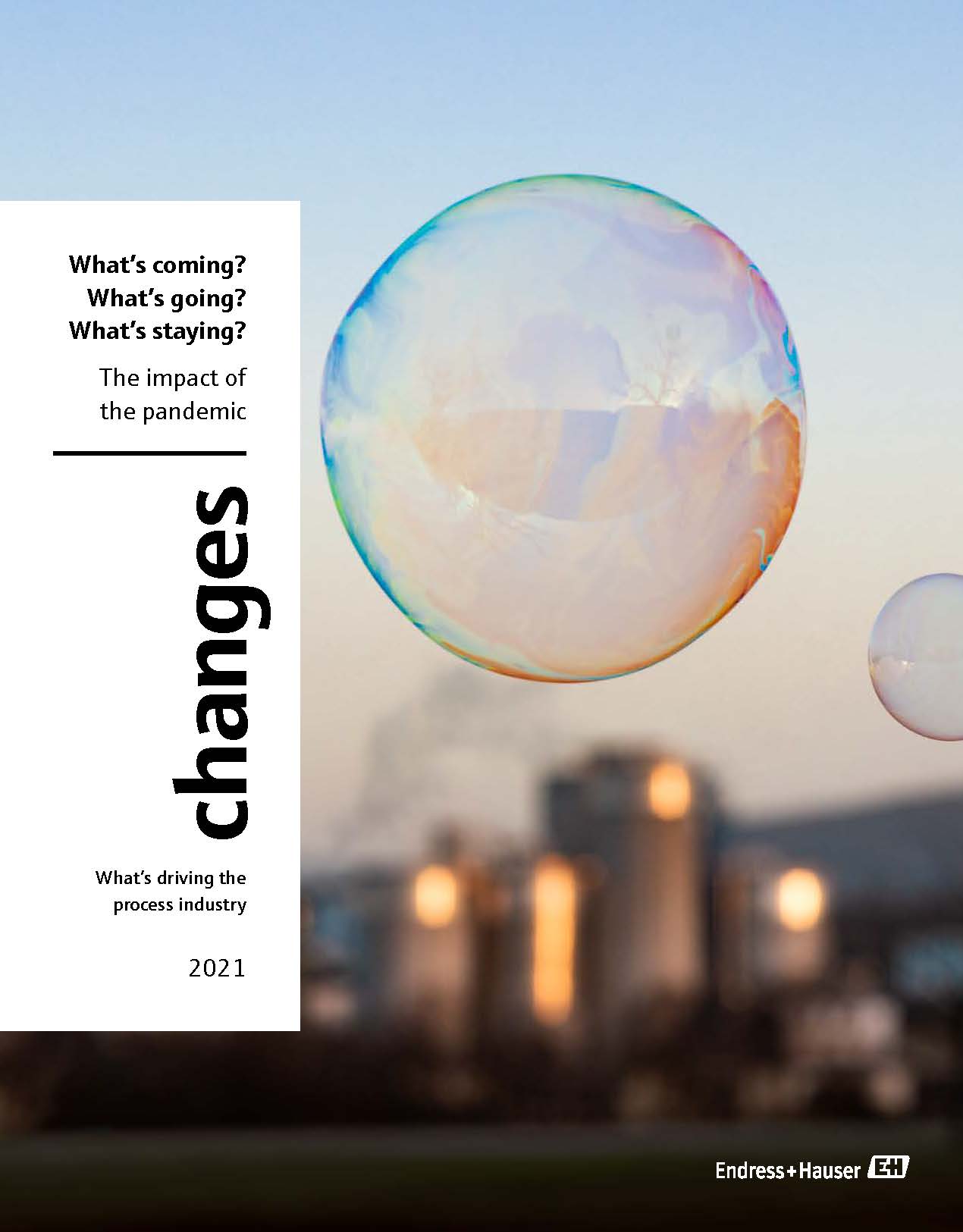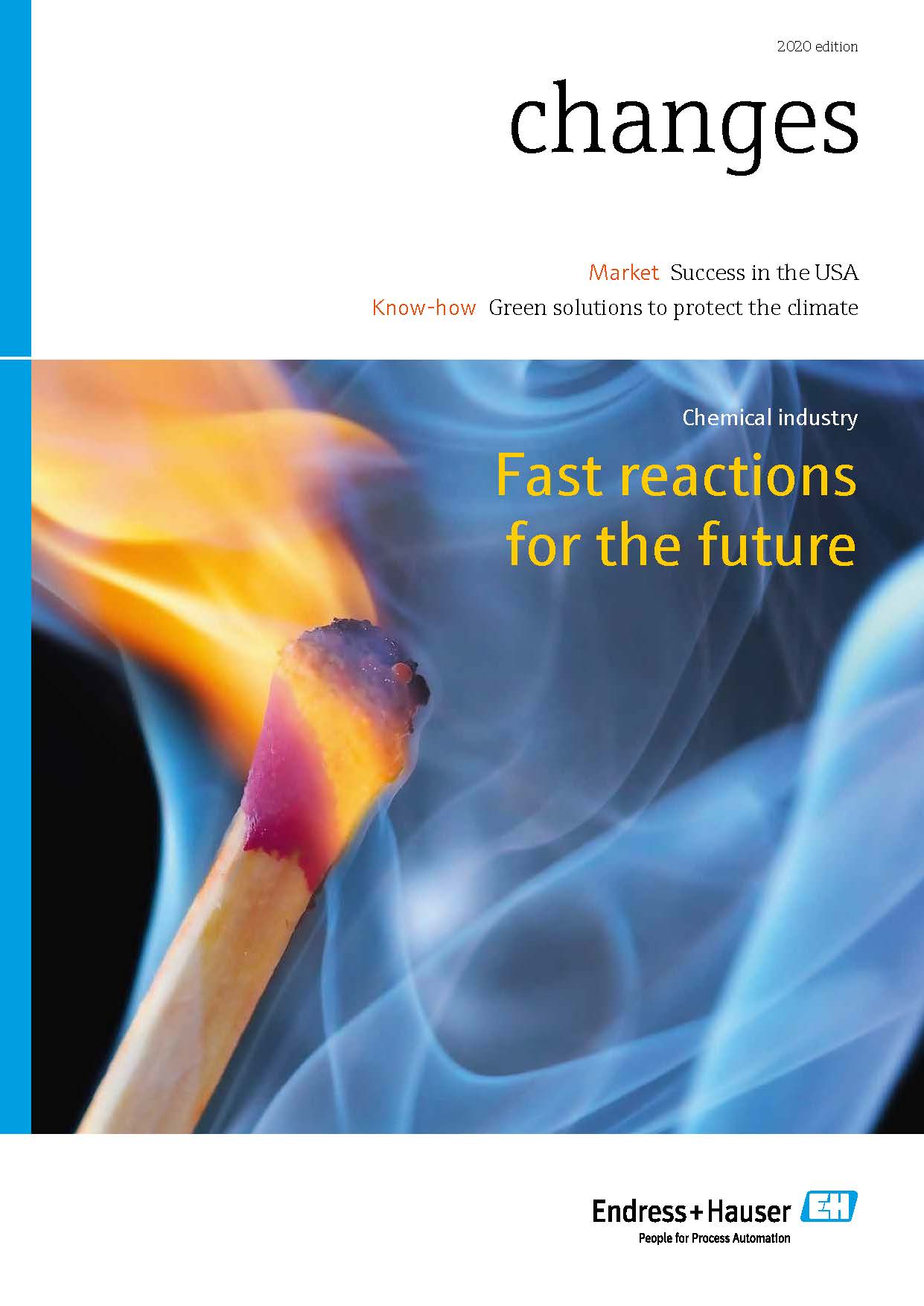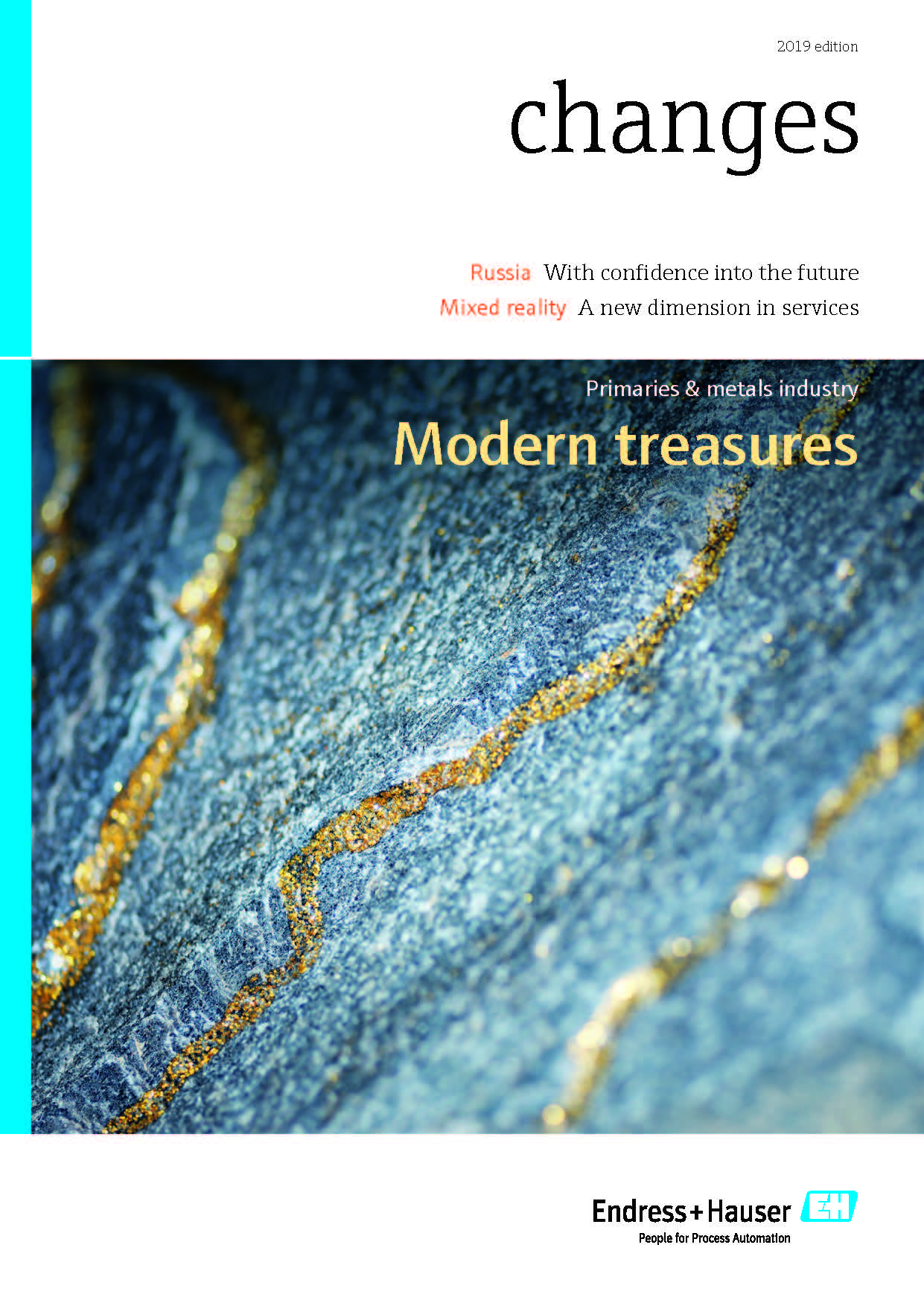Rethinking the linear economy
It’s time to rethink our linear economic model: the consequences of all that taking, making and wasting are getting harder and harder to ignore. But as yet we seem to lack that initial impetus, that spark, needed to set the circular economy in motion.
The spark plugs used in our cars epitomize the dilemma we’re facing with our linear economy: they’re throw-away items, but the engine won’t work without them. Every year, over a billion of these critical ignition system components are swapped out worldwide and wind up in the trash. And increasingly, they feature a special iridium coating. Spark plugs with iridium – an extremely temperature-resistant metal – offer improved combustion efficiency and last three times longer than their conventional nickel counterparts.
On the plus side, each of these high-tech spark plugs contains only a minute quantity of iridium. But demand for them is growing – with the result that around 100 kilograms of this rare metal ends up in landfills or is melted down as scrap every year. The problem here is that global iridium production is only about 8 tonnes annually, so it’s becoming harder to meet this growing demand. The transition to cleaner energy is exacerbating this situation because iridium is also a vital catalyst in the production of hydrogen using PEM electrolysis.
Our economy is currently based on the ‘take-make-waste’ model and, exceptions like PET bottle and waste paper collections aside, global recycling rates are decidedly modest. This is mainly due to commercial considerations: using virgin materials is cheaper than collecting and processing used materials. But price does not reflect the true value of the resources used. That’s clear from Earth Overshoot Day, the date each year by which humanity is estimated to have consumed all the biological resources the Earth can regenerate in a year. In 2024, that date was 1 August.
106billion tonnes
That’s the volume of resources that humanity consumes every year, according to the Global Resources Outlook report for 2024. In other words, consumption is three times as much as in the 1970s, or about 39 kilograms per person per day.
FROM COWBOY ECONOMY TO SPACESHIP ECONOMY
According to World Economic Forum estimates, humanity consumes 70 percent more resources than Earth’s ecosystems can regenerate. Yet recycling still accounts for only seven percent of material inputs in production processes. As long ago as 1966, the economist Kenneth Ewart Boulding described this propensity for reckless exploitation in open societies as the ‘cowboy economy’. He called for a shift to a ‘spaceship economy’ – a closed, cyclical ecological system capable of continuously reproducing its materials. And so the concept of the circular economy was born.
Circular economics, it should be noted, extends beyond recycling. It calls for the efficient stewardship of natural resources, materials and energy through closed cycles of constant reuse. Here, recycling happens only after repair, reuse and remanufacturing are no longer possible. This keeps products and materials circulating through the economy for much longer, drastically reducing the demand for virgin materials.
In the chemical industry, with its integrated production complexes, circularity of energy, heat and materials has been the norm worldwide for decades. In these cycles, by-products and waste heat from one process are used as raw materials and process heat in the next. But that’s the extent of it: the circularity ends once the finished products leave the factory gates. This needs to change.
Change is needed because without circularity the chemical industry and all others will not achieve sustainability nor climate neutrality. To put that in context: Management consultancy Roland Berger calculates that raw materials extraction and processing are responsible for 90 percent of global biodiversity loss and water shortages as well as about a third of negative health impacts. Meanwhile, the Ellen MacArthur Foundation estimates that circularity has the potential to reduce global greenhouse gas emissions from goods and materials production by 45 percent.
RELEARNING CIRCULAR ECONOMICS
While the principles of circularity have been well known for a long time, companies have so far struggled to implement them. Why? Because, to go circular, they first need to rethink their business models. For example, they need to make their products circular by design and develop them based on alternative materials. “If we are to truly capture value and move away from the entrenched thinking that keeps us locked in a take-make-waste economic model, we need to start thinking about how to reduce, reuse and repair products at the design stage,” writes Julia Binder, professor of sustainable innovation and business transformation at IMD Lausanne and co-author of The Circular Business Revolution.
Other barriers to going circular include the high initial capital investment required, complex and opaque supply chains, a lack of standards and regulations for take-back, reuse and recycling, and a lack of technologies to make these processes effective and efficient. Then there’s the chicken-and-egg problem: demand for secondary raw materials remains low – partly because primary raw materials, such as plastic granules, are in many cases still cheaper.
Nevertheless, there is a growing realization among political actors that the future is circular. In the USA, for example, the EPA has adopted the Sustainable Materials Management Program. China has had legislation promoting circularity since as long ago as 2009. And the European Commission adopted a circular economy action plan back in 2020.
“We need to start thinking about how to reduce, reuse and repair products at the design stage.”
Julia Binder,
rofessor of sustainable innovation and business transformation at IMD Lausanne
COOPERATION IS KEY
“Most companies are still finding their feet and are only just beginning to understand what circularity means for them and their customers,” says Michael Sinz, director of strategic business at Endress+Hauser. “And it’s quickly becoming clear that no one company can solve the problem on its own, because everything is interconnected.” In his view, circularity is a complex system that can only be realized if companies cooperate and see themselves as part of an ecosystem. “For the same reason, this new collaborative path is often something of a challenge for companies that are typically reticent about their innovation activity.”
Julia Binder, too, sees it as a must for companies to put aside their competitive instincts and opt for cooperation: “Unlike traditional linear business models, embracing a circular economy requires a systemic change that involves not only rethinking product design and manufacturing but also reshaping supply chains, consumption patterns and waste management practices.”
One example of this cooperative approach is the EV battery recycling tie-up between chemical company Solvay, waste and recycling specialist Veolia and automaker Renault. Recovering rare metals from end-of-life EV batteries is extremely difficult owing to their complex composition. As a result, very little of these valuable metals tends to be recycled. To solve this problem, the three-way consortium coordinates the requisite expertise at each step along the battery value chain to recycle EV batteries in a closed loop. Clearly, the chemical industry, with its expertise in processes and analysis methods, has a key role to play in recycling.
But what works for makers of homogeneous, high-volume products poses a challenge for highly diversified manufacturers. How do they collect their products after the end of their useful life? To date, this challenge has caused many a circular economy initiative to fail. One possible solution may be to develop ‘as a service’ business models of the type now common in the software industry. Such models could also close the loop for chemical products, as evidenced by Swedish environmental services group Ragn-Sells’s plans for products such as iron(III) chloride, an important precipitant in wastewater treatment. Ragn-Sells aims both to supply these chemicals and to recover them from sewage sludge for reuse.
> 60%
of all greenhouse gas emissions are attributable to the extraction and processing of natural resources, according to calculations by the UN Environment Programme.
CIRCULARITY MEANS NEW OPPORTUNITIES
These examples are clear evidence that circularity presents major opportunities. Indeed, nearly 10 years ago, the management consultancy Accenture estimated that circularity could potentially generate an extra 4.5 trillion US dollars in economic value by 2030. This is one reason why more and more economic actors are thinking circular. Another is that circularity makes their supply chains more resilient: every kilogram of materials they recycle in-house or in cooperation with partners is a kilogram they don’t need to source on the global market. This idea is also influencing current EU lawmaking – as can be seen from the Critical Raw Materials Act and the new Ecodesign for Sustainable Products Regulation (ESPR).
Technology – principally digitalization – ranks alongside these new business models and regulatory frameworks as a key enabler of circularity. Experts agree that a successful shift to circular value creation requires a more data-driven approach to recycling, more efficient and flexible automation of dismantling processes, and greater use of predictive models like digital twinning in production. The new ESPR is intended to facilitate this. From 2026, the regulation will require nearly all products sold in the EU to feature a digital product passport containing comprehensive details of the product’s lifespan and environmental footprint.
“No one company can achieve circularity on its own – everything is interconnected.”
Michael Sinz,
director of strategic business at Endress+Hauser
COMMERCIAL MOTIVES TO GET THE CYCLE TURNING
The clock is ticking: natural resources are dwindling, and climate change is marching on. For Ellen MacArthur, the founder of the eponymous foundation, this makes transitioning from the current linear to a circular economy the only option. As she said on the sidelines of COP28: “Life itself has existed for billions of years and is by definition circular. We have been straining against this system since the Industrial Revolution. Our ‘take-make-waste’ model, in which we generate environmental pollution, squander resources and support a growing world population in a linear economy, is not sustainable in the long term.”
Of course, application of pressure and the threat of resource scarcity are only two sources of impetus in the circular transition. Commercial motives will also be decisive – and in the case of iridium spark plugs, perhaps that will lead to the realization that collection and recycling is smarter than exposure to the vagaries of supply chains.
The author, Armin Scheuermann, is a chemical engineer and science and technology journalist.
$ 5.4billion
was invested in circular economy startups worldwide in 2022. That’s according to an analysis by UnternehmerTUM, Europe’s leading center for innovation and business creation.
Published 23.04.2025, last updated 08.07.2025.
Dive into the world of the process industry through new exciting stories every month with our «changes» newsletter!
